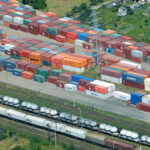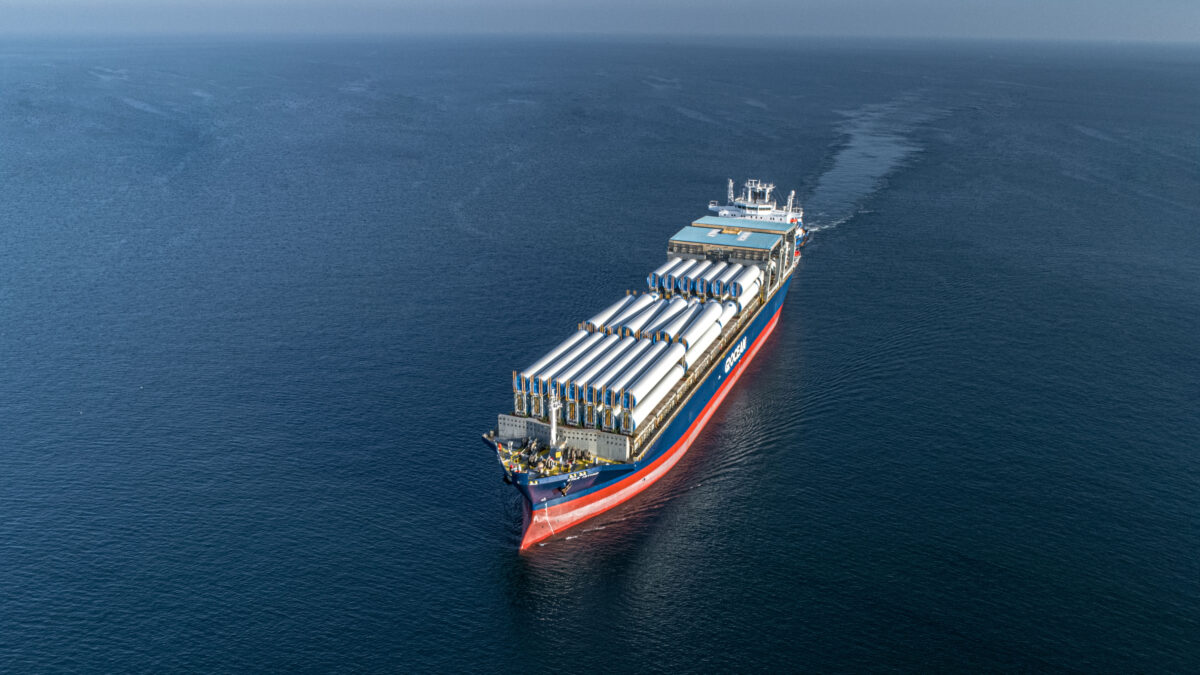
NIS2 just around the corner
22 July 2024
When will things get better?
29 August 2024Poland can become a European leader in the development of offshore wind energy, making a significant contribution to the European Union’s energy and climate goals. In addition, offshore wind energy can be an important element in building the country’s independence and energy security. These are the conclusions of the report “Wind Energy in Poland”, prepared by experts from the Polish Wind Energy Association, the consulting firm TPA Poland/Baker Tilly TPA and the law firm DWF.
There are currently 10 valid permits for the erection or use of artificial islands for the construction of offshore wind farms. Facilities are to be built in these areas, developed by Polenergia and Equinor, RWE, Orlen and Northland Power, PGE and Ørsted, and Ocean Winds. The remaining 11 areas were in the procedure for granting permits for the erection or use of artificial islands, structures and facilities in the exclusive economic zone under Phase II projects. Finally, in late September/early October last year, concessions were allocated for 10 areas with a total area of 1,000 square kilometers, giving a development potential of more than 9 GW. PGE and Orlen each received 5.
The potential for offshore wind development in the Baltic Sea has also been noticed by other foreign investors. Among the applicants, in addition to Ørsted, Equinor or RWE, were France’s Total, UK’s Shell, Sweden’s Eolus and OX2, Spain’s Iberdrola, France’s EDF Renewables, France’s Engie, Portugal’s EDP and a consortium of SSE Renewables and Acciona Energia. This means that major global players are entering the competition for Polish territories.
However, in 2022, a consortium of the UMG Marine Institute, Ramboll and KP Consulting, commissioned by PWEA, calculated the actual potential of Polish offshore areas for offshore wind energy (the report “Offshore Wind Energy Potential in Poland”). The results of the analysis showed that under Phase I and Phase II it is 15.3 GW, with the productivity of the OWF varying from area to area. The Report also shows 20 new areas (including 18 in the Exclusive Economic Zone and 2 in the territorial sea) that have the potential to be used for OWE development. The total development area for OWE of the new sites identified in the document is 2171.5 square kilometers. However, these areas are not included in the Land Development Plans for Marine Areas, so their possible use must involve consultation with all users of these areas. The installed capacity potential for the new areas identified by PWEA was estimated at 17.7 GW, and in terms of average annual productivity at 70.7 TWh.
As a result, the total actual potential of offshore wind power in Poland, according to the PWEA report, is 33 GW. Offshore wind farms of this capacity could produce about 130.3 TWh per year. These values are well above the current goals of Poland’s Energy Policy until 2040 from offshore wind (18 GW). If all of PWEA’s estimated potential is used, OWE could meet up to 57% of Poland’s total electricity demand. Additionally, assuming an annual production of 130 TWh, the decrease in CO2 emissions could be as much as approx. 102 million tons per year. These investments could also generate more than 100,000 jobs and 178 billion zlotys of gross value added in the development phase, and 46 billion zlotys per year in the operational phase. Considering the scale of planned investments in OWE and its actual potential, Poland has a chance to become one of the largest offshore wind centers in Europe.
In addition, it is estimated that by 2050, about 2% of the electricity produced from renewable sources is expected to come from floating wind farms. The use of these solutions will increase flexibility in site selection, including the ability to choose areas with higher wind speeds, located in bodies of water with greater depth and farther from shore, and with less social and environmental impact. The EC expects 150 MW of floating offshore wind turbines to be operational in Europe by 2024. Poland, too, has potential for floating wind power. In the PWEA report, of the 20 new offshore areas identified, the use of floating foundations was assumed for six locations. The total power that could be realized in these areas is 9.6 GW, which is more than 50% of the total potential of these areas.





